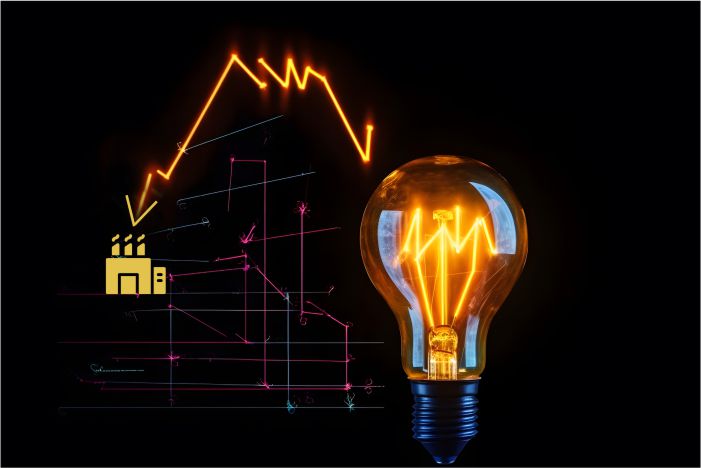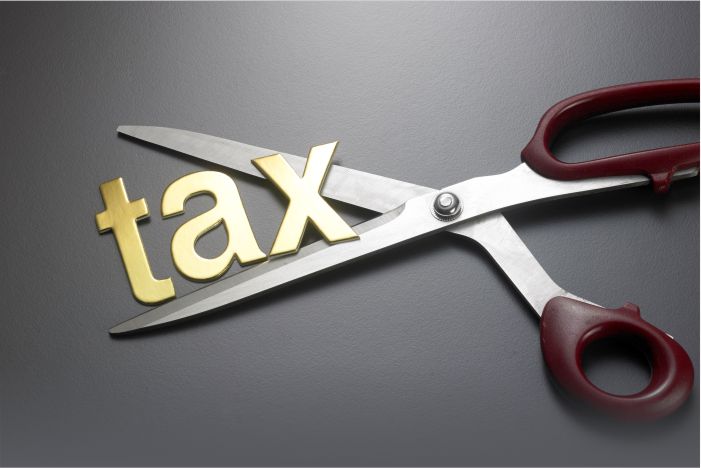Tariff advantages for medical institutes offer significant benefits that contribute to their financial stability and operational efficiency. Firstly, specialized tariff plans tailored for medical facilities often provide reduced rates for electricity consumption, resulting in cost savings that can be allocated towards patient care and facility improvements. Additionally, some tariff structures offer flexible pricing options, allowing medical institutes to optimize energy usage during peak and off-peak hours, further reducing expenses. Certain tariffs may also incentivize the adoption of energy-efficient technologies, such as LED lighting and energy-efficient equipment, through rebates or discounted rates, helping medical institutes lower their overall energy consumption and environmental footprint. Moreover, predictable billing cycles and transparent pricing structures associated with specialized medical tariffs provide financial predictability, enabling better budgeting and resource allocation for healthcare services. Overall, tariff advantages empower medical institutes to prioritize patient care, invest in state-of-the-art medical technologies, and operate sustainably while managing operational costs effectively.

Tariff advantages for medical institutes offer significant benefits that contribute to their financial stability and operational efficiency. Firstly, specialized tariff…

Tariffs offer several advantages to manufacturers, helping them remain competitive and thrive in the market. Firstly, tariff structures often provide…

Electricity duty exemptions are fiscal incentives provided by governments to alleviate the financial burden of electricity consumption for specific sectors…

Subsidies for 100 Export Oriented Units (EOUs) are government incentives designed to promote exports and boost economic growth. These subsidies…


